Description
Introduction
The Base SAS Programmer Certification is a globally recognized credential designed for professionals looking to validate their skills in data analysis, manipulation, and reporting using SAS. This certification focuses on mastering the foundational techniques required to access, manage, and transform data efficiently. By learning these techniques, candidates gain the ability to perform complex data manipulations, write advanced data step programs, and create meaningful reports. The program prepares you for real-world challenges by equipping you with the essential skills for data-driven decision-making.
Prerequisites
- Familiarity with basic programming concepts.
- Understanding of statistical principles (basic level).
- Access to SAS software (optional but recommended).
- Willingness to learn data analysis and manipulation techniques.
- Basic knowledge of file structures and data organization.
Table of Contents
- Introduction to SAS Programming
1.1 Overview of SAS System
1.2 Understanding the SAS Environment
1.3 Writing and Submitting SAS Programs - Data Step Fundamentals
2.1 Importing and Exporting Data
2.2 Reading Data from Various Sources
2.3 Creating and Managing SAS Data Sets(Ref: Advanced SAS Programmer Learning & Certification) - Data Manipulation Techniques
3.1 Sorting and Filtering Data
3.2 Merging and Combining Data Sets
3.3 Using Conditional Logic (IF-THEN-ELSE Statements)
3.4 Working with Arrays and Loops - Working with Functions in SAS
4.1 Numeric and Character Functions
4.2 Date and Time Functions
4.3 Statistical and Descriptive Functions - Debugging and Error Handling
5.1 Understanding Log Messages
5.2 Common Programming Errors and Fixes
5.3 Debugging Data Step Code - Advanced Data Techniques
6.1 Data Transformation and Reshaping
6.2 Using Formats and Informats
6.3 Indexing and Data Optimization - Generating Reports and Outputs
7.1 Creating Summarized Reports with PROC PRINT and PROC REPORT
7.2 Visualizing Data with PROC PLOT and PROC CHART
7.3 Exporting Results to Excel and Other Formats - Preparation for Base SAS Certification Exam
8.1 Exam Structure and Objectives
8.2 Practice Exercises and Mock Tests
8.3 Tips for Exam Success
Conclusion
The Base SAS Programmer Certification is a stepping stone for anyone aspiring to build a career in data analytics and programming. By mastering data manipulation techniques, you gain the ability to handle large datasets, derive insights, and present meaningful results. This certification not only enhances your technical expertise but also opens doors to lucrative job opportunities in data-driven industries. Start your journey to becoming a certified SAS professional today!



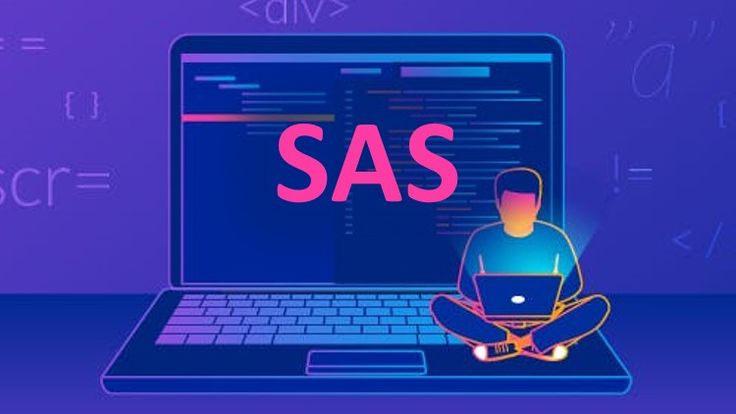
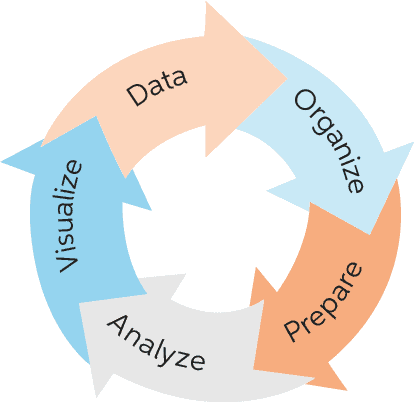
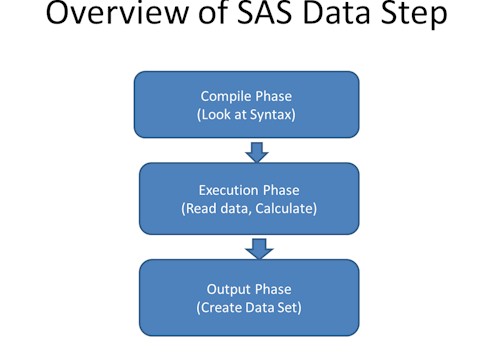
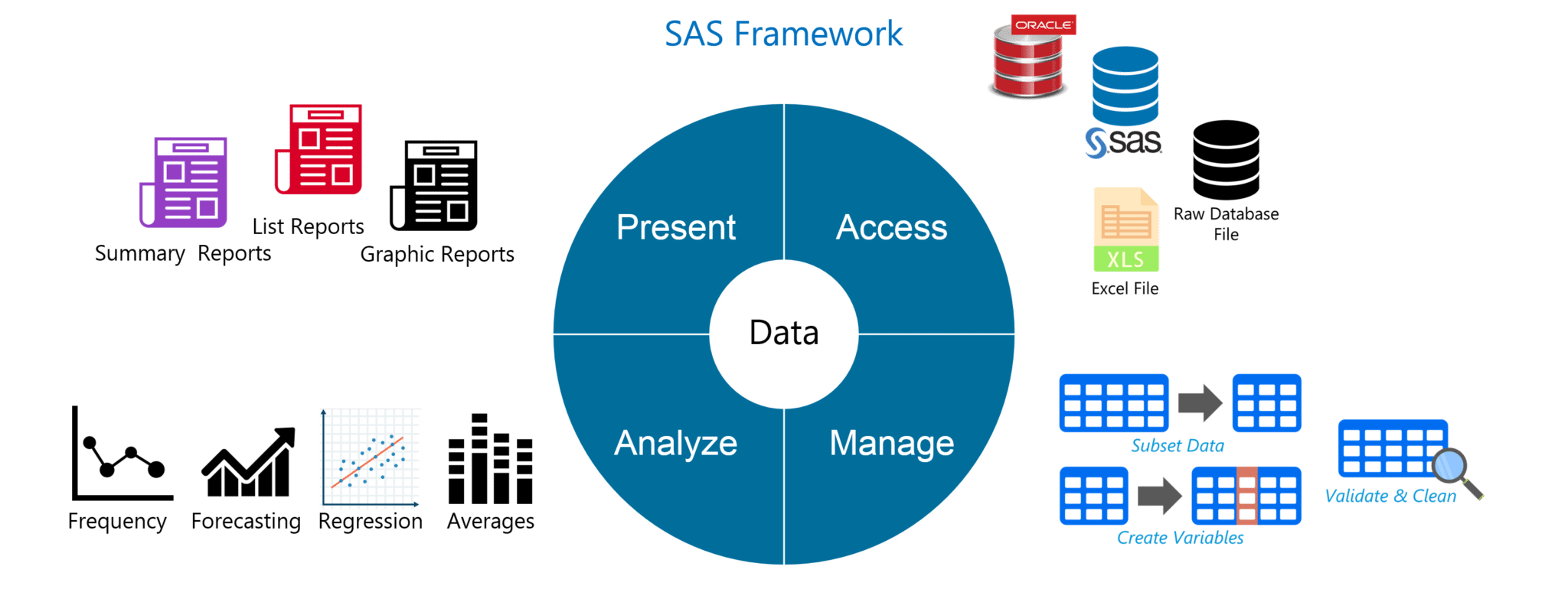
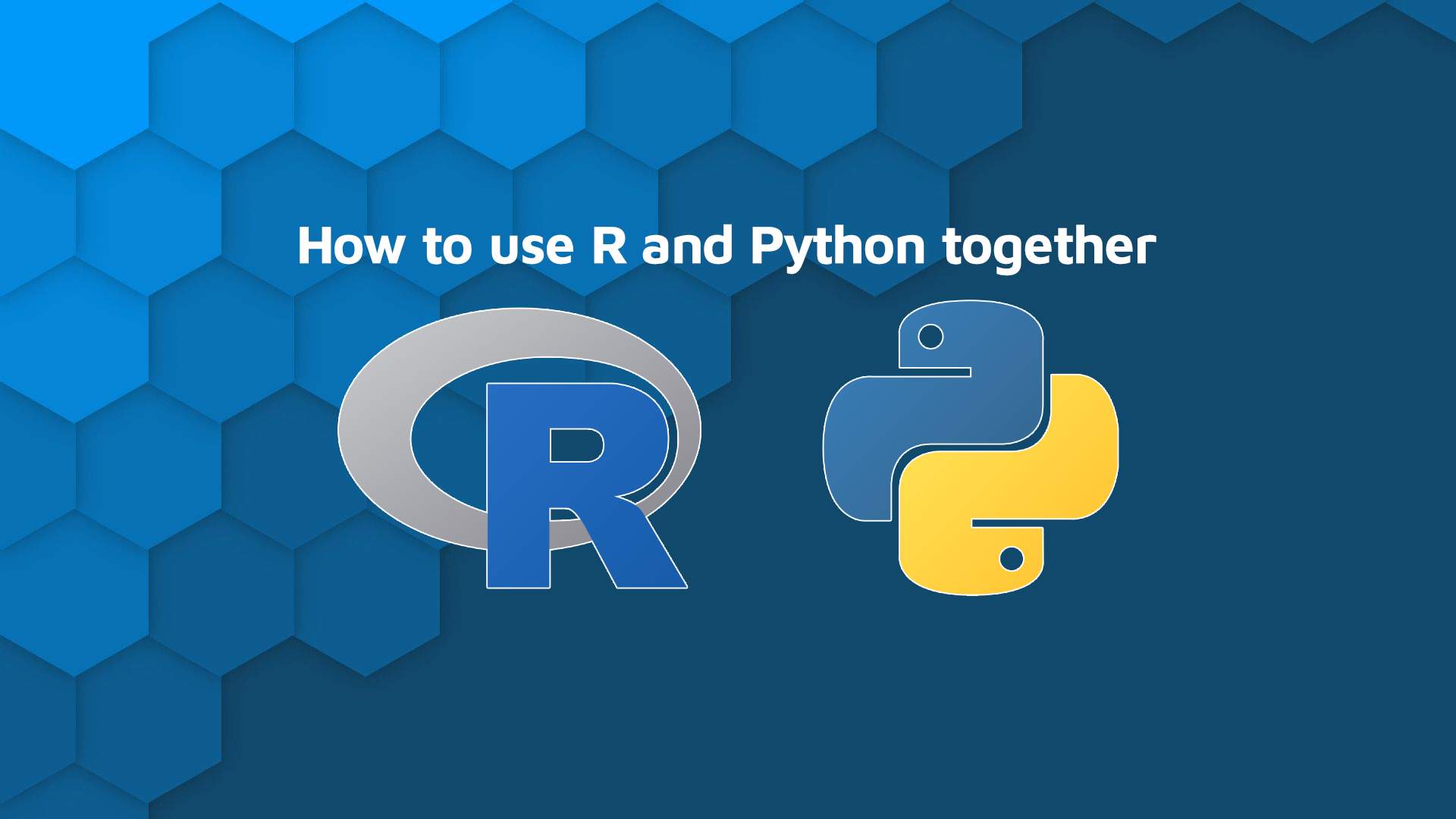
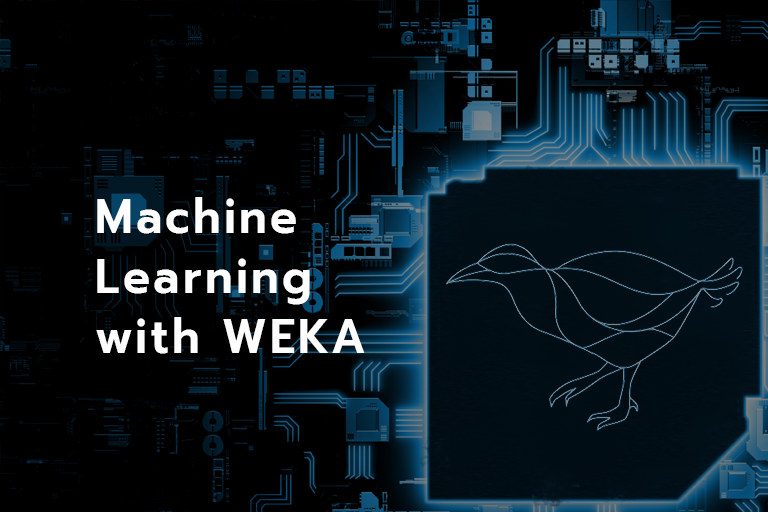
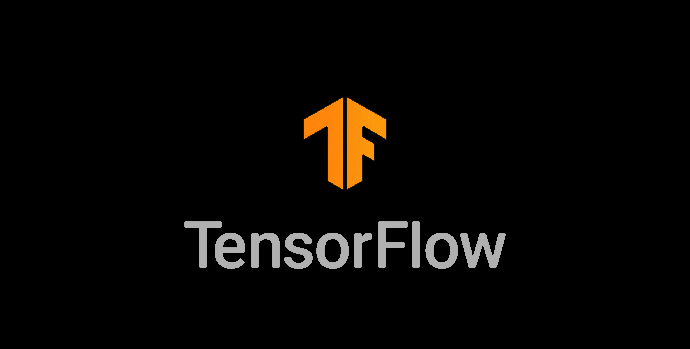
Reviews
There are no reviews yet.